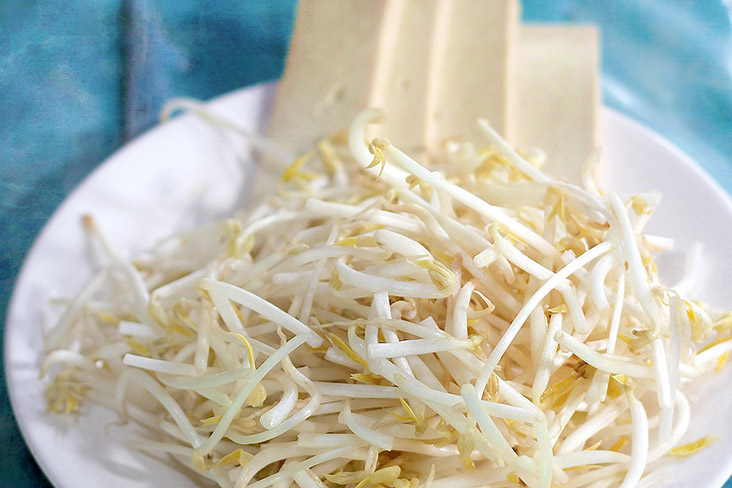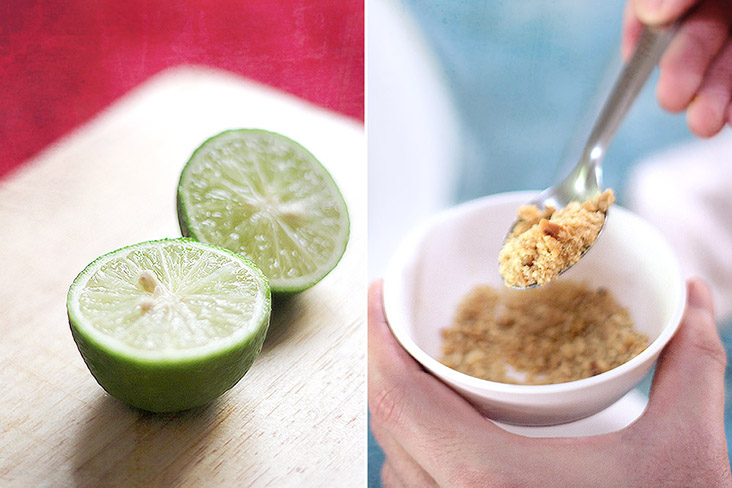KUALA LUMPUR, April 17 — It’s hard to imagine but for most of us travel has been nothing more than a memory for the past year as most borders remain closed worldwide.
So when the calendar shows us what festivals or celebrations fall on a certain date, we can’t help but reminisce.
In February, we imagined costumed revellers wearing ornate face masks — like extras from Stanley Kubrick’s Eyes Wide Shut — thronging Piazza San Marco as Carnevale di Venezia got underway in Venice, Italy (or used to, before the pandemic).
Last month, there would have been a profusion of colour — from the Holi Festival in India where folks throw vibrant cooured powders on each other, a rainbow hued celebration of unity, to St Patrick’s Day in Ireland and USA, with gleeful “leprechauns” and green beer flowing like rivers.

And this weekend is that time of year again: Songkran weekend.
Visions of the water splashing as part of a traditional Thai cleansing ritual fill us with awe and merriment... and also some sadness, since we won’t be in Bangkok this year to see the world’s biggest friendly water fight.
That annual festival — at least the crowds in Silom with water guns — will be muted for the second year running due to the global crisis. So we aren’t missing the actual event but that sense of joining in.
Faraway destinations are good and fine but our northern neighbour has always felt closer, almost just a hop and skip away. Those days will return but for now, we placate our pangs of nostalgia with the next best thing: enjoying some Thai food.
I, for one, am certainly missing the street food of Bangkok. And of Chiang Mai. And of many other places in Thailand. And what’s more Thai than that one dish everyone around the world most associated with The Land of Smiles: pad Thai.

What might surprise most of us is the relatively brief and recent history of pad Thai. Rather than a traditional Thai recipe that has been passed down for generations over centuries, this remarkable dish was created in the 1930s by then Thai prime minister Plaek Phibunsongkhram.
This wasn’t a culinary endeavour per se, but part of Phibunsongkhram’s nation building efforts. Before pad Thai, the Thai people mainly ate rice but switching rice noodles (or gway teow — the original name for the dish was gway teow pad Thai or “rice noodles fried in Thai style”) would halve the amount of precious grains required.
Essentially the campaign to have Thais consume more rice noodles — with catchy slogans such as “Noodles is your lunch” — was designed with the idea they could double the nation’s rice reserves. Urban legend has it there was even a nation-wide noodle competition and the winning recipe was pad Thai.

Who knows whether that last bit is more fact or fable. What is true is that pad Thai is a winner, where representing Thailand to the rest of the world is concerned.
A taste of these wok-fried rice noodles, generously strewn with prawns, bean sprouts, pieces of firm tofu and redolent of that quintessential Thai seasoning, nam pla or fish sauce, brings Bangkok back to me in a heartbeat.
Perhaps we can’t travel yet. But we can bring the flavours of those destinations we miss the most to us. Kin hai aroi na! (“Enjoy your meal!”)
PAD THAI
Technically, you could use a large saucepan to fry your rice noodles. But a wok is the way to go. Be it pad Thai or char kway teow, something is missing without that most indescribable of flavouring — the “breath of a wok” or wok hei.
Another trick is to fry the slices of firm tofu first, endowing them with a light golden crust before adding the noodles. The rest of the ingredients — prawns, bean sprouts, garlic, nam pla, oyster sauce and sugar — follow swiftly to ensure everything is flash fried.
You’d get a bit of a workout — there’s plenty of wrist flicking action to ensure everything is tossed together quickly and there aren’t any large clumps of noodles or scrambled egg.

The seasoning here — the tasty trinity of oyster sauce, fish sauce and sugar — is a basic one. Many Thai cooks also include tamarind (asam); you may add 1 tablespoon of tamarind sauce if using.
While you may enjoy your pad Thai as is, some garnishing and condiments wouldn’t go amiss. The Thais always have a condiment caddy known as puang prik at every table so we can adapt this practice in our own fashion.
Typically, a puang prik would have four glasses with lids and long spoons. The condiments include: prik pung (dried chilli flakes), nam pla, vinegar with sliced chillies and sugar.
Fresh vegetables such as raw cabbage and spring onion are a classic accompaniment. You may also add some ground peanuts or squeeze some juicy limes to recreate the taste of your favourite dish of pad Thai in Bangkok (till you next return).
Ingredients
Neutral cooking oil
50g firm tofu, sliced into small pieces
3-5 cloves garlic, minced
100g flat thin rice noodles
80ml water
100g prawns
4 tablespoons oyster sauce
1 tablespoon nam pla (fish sauce)
2 teaspoons sugar
2 eggs
1 large stalk fresh spring onion, sliced
50g bean sprouts, peels/hulls removed
Garnishing (optional), including more fresh spring onion and wedges of lime
Method
Heat a large wok over medium high heat. Add just enough cooking oil to the wok to lightly coat the surface.
Add the firm tofu slices and fry until they attain a light golden crust. Add the garlic and continue to stir fry until aromatic.

Next, add the noodles and water. Stir fry until the noodles have absorbed the water and are moistened. The prawns and seasoning (oyster sauce, nam pla and sugar) go in next.
Give everything a good toss, then crack your eggs directly into the wok. Quickly spread the eggs around the wok so there aren’t any large clumps as they cook.
Finally add the spring onion and bean sprouts, and turn off the heat. These will wilt in the residual heat of the wok as you continue to stir the ingredients to combine.
Transfer to serving plates. Garnish with fresh stalks of spring onion and a wedge of lime, if desired. Serve immediately.
For more Weekend Kitchen and other slice-of-life stories, visit lifeforbeginners.com.






















